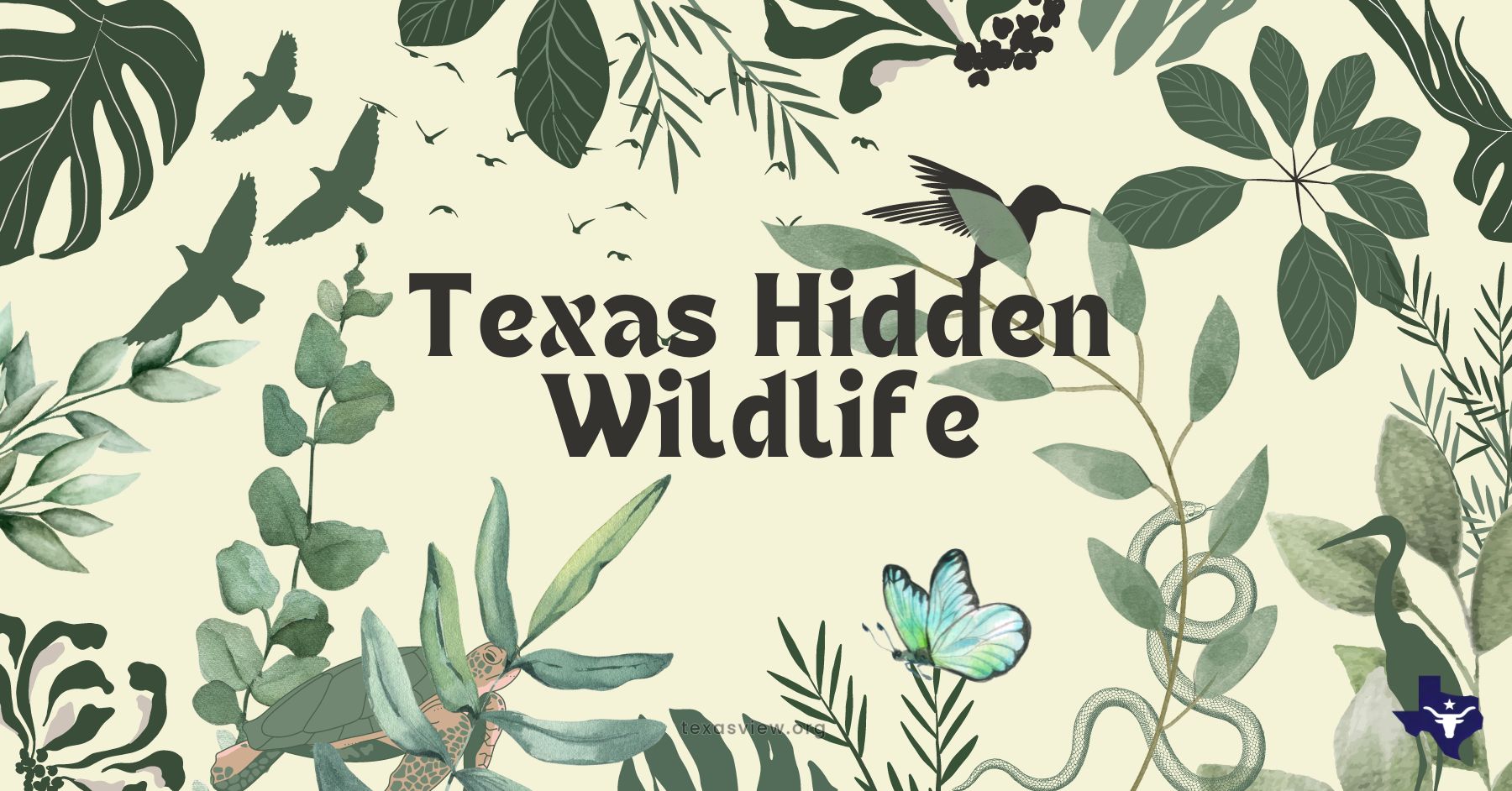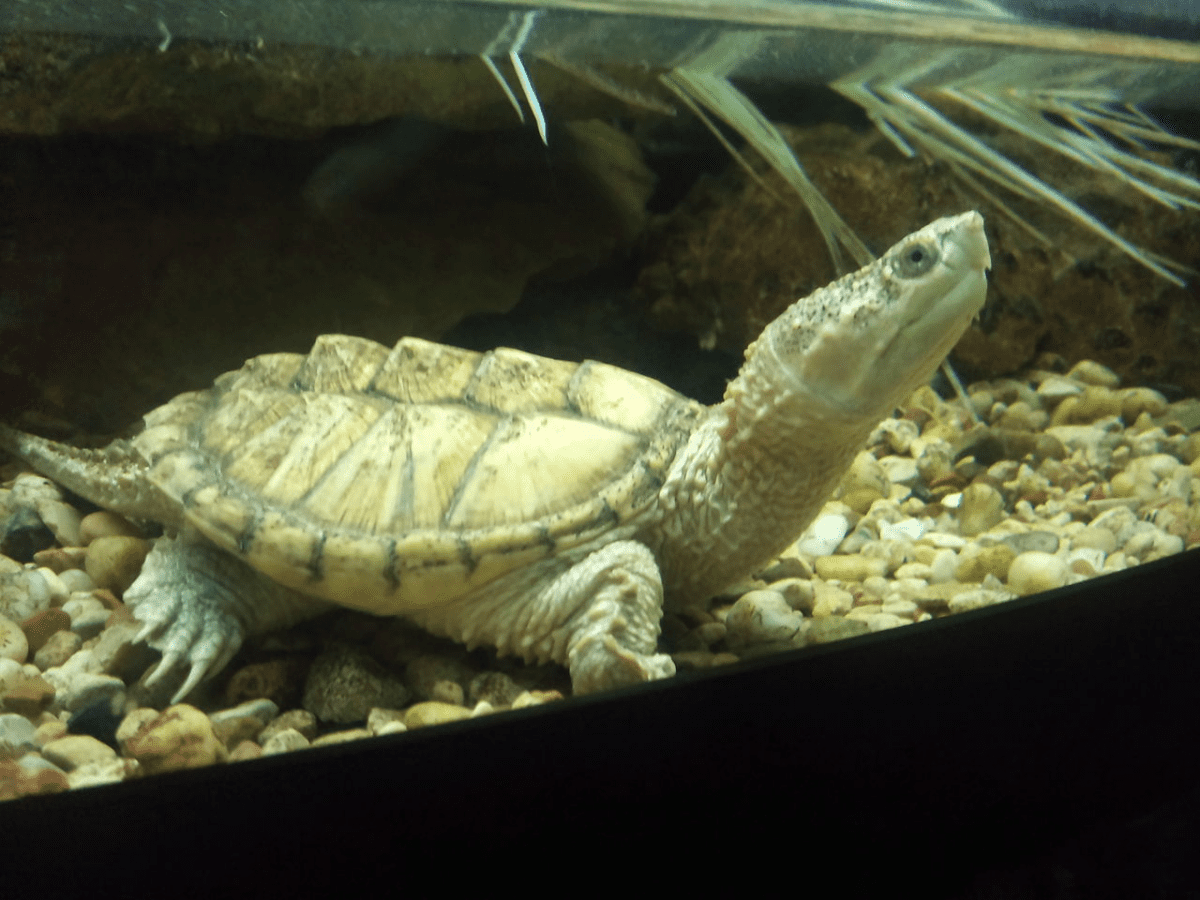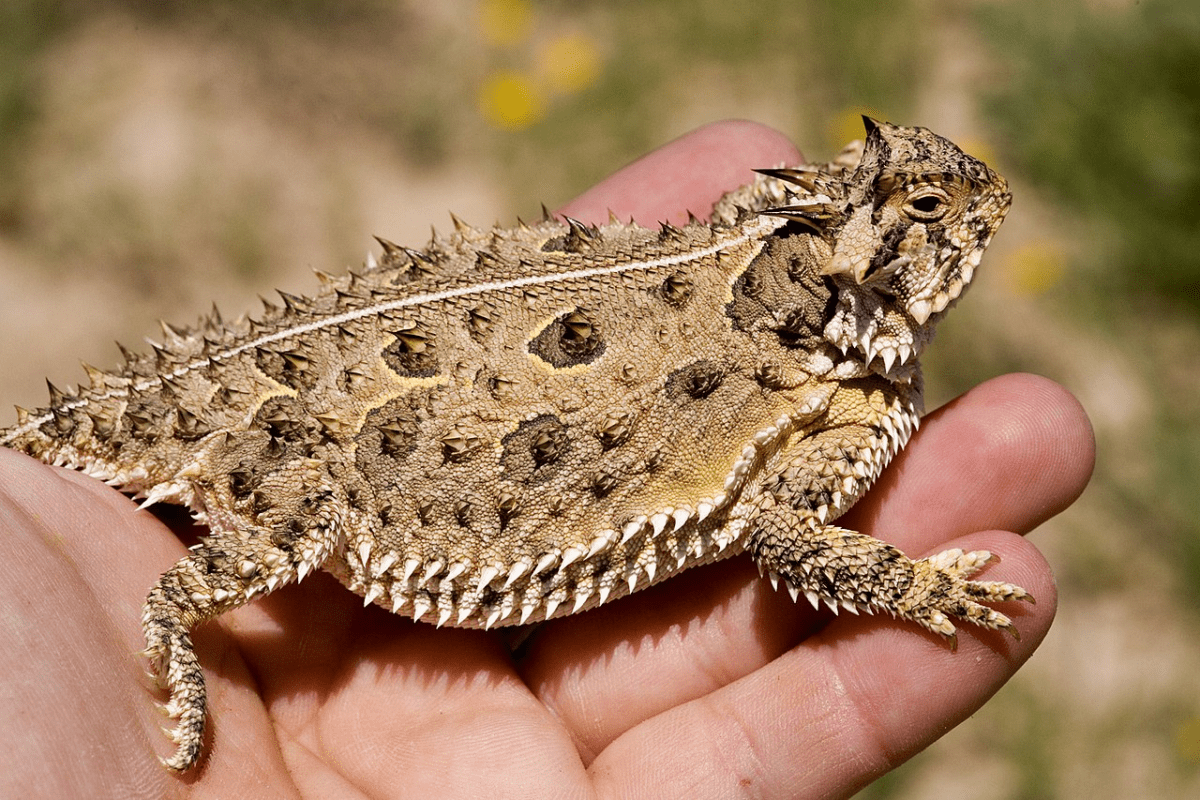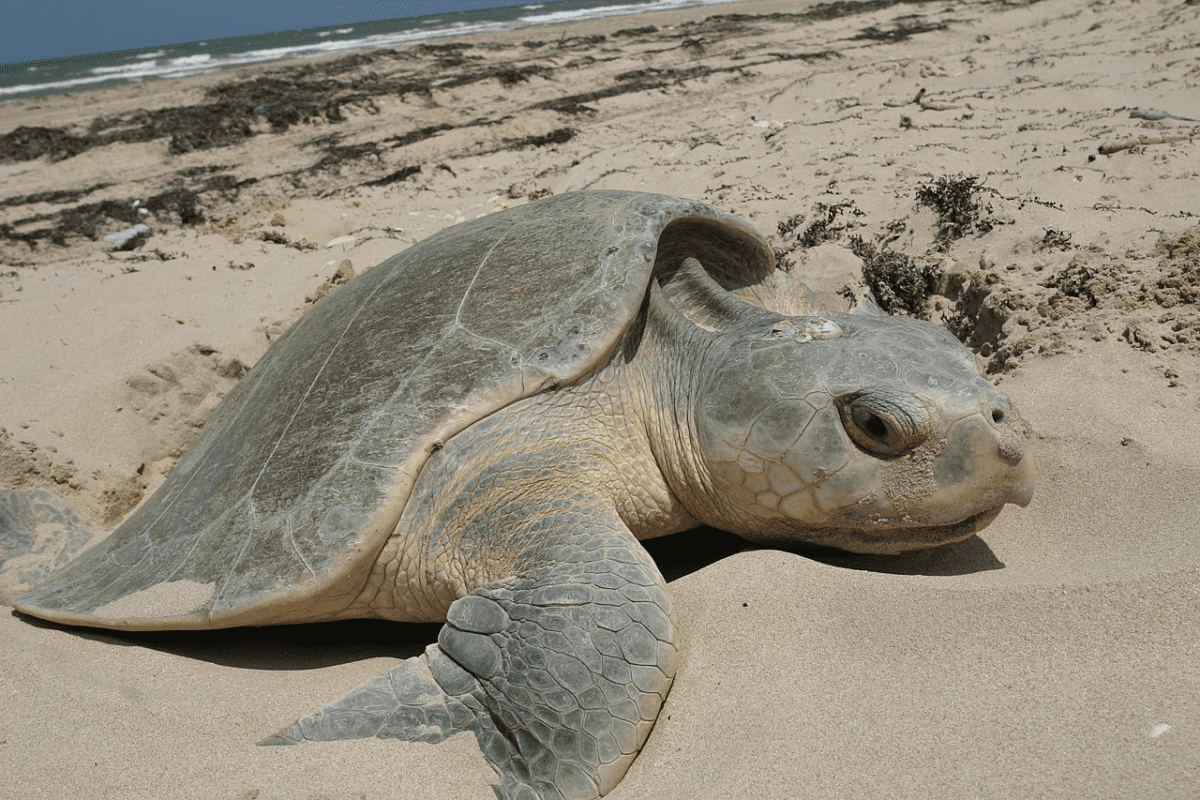Share the post "Hidden Wildlife in Texas: Discovering the State’s Secret Animal Treasures!"
Texas has many species that most nature lovers are unfamiliar with. We hear about the armadillo and longhorn, but what about Texas’ exotic and lesser-known animals? We’ll discover the ocelot’s brushland stealth and the Hill Country’s rare bats’ midnight flutters.
We look at endangered species’ habitats, which we must protect. From the barely visible Texas horned lizard to the unexpected freshwater dolphins in our vast coastal bays, we must consider our amazing wildlife. Visits to these wildlife sanctuaries remind us of Texas’ rich natural history and the need to protect these animals.
A closer look can reveal Texas’s wildlife secrets in the shadow of growing cities and suburbs.

The Marsh Mystery
Texas marshlands hide ancient, mysterious creatures.
The Alligator Snapper
Do you know? We have living dinosaurs! North America’s largest freshwater turtle, the Alligator Snapping Turtle, lives in Texas waters. These mysterious creatures can weigh 200 pounds and have powerful jaws and spiky shells!
- Carnivores eat fish and other turtles!
- Habitat: Mostly rivers like the Trinity.
- Conservation Status: Specially endangered and needs protection.

Houston Toad
Let’s move on to the Houston Toad, a Texas amphibian with a beautiful chorus during breeding season. This elusive toad is now endangered due to its rarity.
- Diet: They eat insects and larvae, reducing bug populations.
- Their favorite hiding places are sandy soils near deep ponds.
- This species is endangered, but we are preserving its habitat.
Every ripple and rustle in the Texas marshes tells a survival and mystery story.

Desert Residents Revealed
Exploring Texas’s arid interior we meet some of its most remarkable but lesser-known residents. These animals are designed for desert life.
Texas Horned Lizard
Phrynosoma cornutum, the “Horny Toad,” is striking with its horns and spikes. Admire this lizard’s camouflage, one of its many survival strategies. The Texas Horned Lizard uses its sticky tongue to catch ants in arid and semi-arid habitats. Due to habitat loss and invasive species, this lizard is threatened in Texas, despite its fierce appearance.

Sandhill lizard
Another elusive Shinnery Oak Dunes resident is the Sceloporus arenicolus, or Sand Dune Lizard. They are hard to spot due to their natural sand camouflage. Our fascination with these lizards is their unique relationship with the shinnery oak, which provides food and shelter. Conservation efforts are crucial because their survival depends on this ecosystem.
Forest animal secrets
In Texas’ dense woods, we find hidden creatures. We discover the secrets of forest wildlife and meet extraordinary species.
Red-cockaded
Look up in pine forests for the rare Red-Cockaded Woodpecker. This woodpecker prefers mature pine trees, which are becoming scarce, making it federally endangered. Their nesting cavities help our ecosystem by providing habitat for other species.

Pine Snake
The pine snake creeps through fallen pine needles in the underbrush, often unseen. Its impressive length and keeled scales make this creature stand out. We admire their stealthy forest floor navigation, which helps control rodent populations.

Coast Mysteries
Texas’s amazing coastal wildlife is about to be revealed. Rare and remarkable creatures will captivate you.
Kemp’s Ridley Turtle
Lepidochelys kempii
Kemp’s Ridley Sea Turtles, the world’s smallest and most endangered sea turtle, live on our beaches. These turtles prefer the Gulf Coast’s warm waters, and nesting sites are being protected. Spring and summer may see the arribada, a spectacular nesting event where females arrive in large groups.

Whooping Crane
Scientific Name: Grus americana
Our coastal marshes are home to the majestic whooping crane, a conservation success. The tallest North American bird, at 5 feet, was endangered. In winter, we can see their majestic stature and amazing migratory journey to the Aransas National Wildlife Refuge, a testament to nature’s resilience.

Hidden Hill Country Gems
We’re excited to discuss Texas’s Hill Country’s most intriguing and rare wildlife. We are pleased to introduce these local bird treasures.
Golden-cheeked Warbler
The Golden-Cheeked Warbler’s black and white stripes and bright yellow cheeks are stunning. The endangered species nests only in Texas’ Hill Country, where its entire global breeding population lives! Ashe juniper and oak woodlands are home to these songbirds, making conservation vital.

Black-capped vireo
Hill Country has another rare bird, the Black-Capped Vireo. This small, perky songbird with a striking black cap and white lores is recovering thanks to conservation efforts. In shrubby woodlands, they make cup-shaped nests and sing melodically. Nature can recover from near extinction with our help, as the Black-Capped Vireo showed.

Urban Wilderness Residents
A surprising variety of wildlife lives in Texas’ bustling cities. Acrobats and delicate travelers live in this urban wilderness.
Mexican Free-Tailed Bat
The extraordinary Mexican Free-Tailed Bat of urban Texas captivates us. Many bats roost in buildings and under bridges, like Austin’s Congress Avenue Bridge. The impressive mass exodus to feed on insects at twilight provides natural pest control. Discover their urban activities and marvel at their nightly flights.

Butterfly Monarch
Our cities are vital stops for the monarch butterfly’s epic migration. These cities have green spaces for rest and nectar. Admire their resilience and beauty in parks and gardens. We can help them by planting native milkweed and other nectar-rich plants.

Ecological Protection
Texas is taking major steps to preserve its beautiful wildlife. Habitat management and endangered species protection are our main priorities.
Wildlife Management Areas
We have a strong state Wildlife Management Area (WMA) system. WMAs are essential to our work, providing:
- Habitats for many species: ensuring their survival and prosperity.
- Research lets us learn how to protect wildlife.
- We share our knowledge and passion through educational programs.
Endangered species protection
We passionately protect endangered species in Texas. Our efforts include:
- Conservation: We protect critical habitats from urban development and other threats.
- Legislation and Policy: We support endangered species laws like the federal Recovering America’s Wildlife Act.
To preserve Texas’s diverse wildlife for future generations, we work together.
Share the post "Hidden Wildlife in Texas: Discovering the State’s Secret Animal Treasures!"
Christian Linden is a seasoned writer and contributor at Texas View, specializing in topics that resonate with the Texan community. With over a decade of experience in journalism, Christian brings a wealth of knowledge in local politics, culture, and lifestyle. He holds a Bachelor's degree in Communications from the University of Texas. When he's not writing, Christian enjoys spending weekends traveling across Texas with his family, exploring everything from bustling cities to serene landscapes.











